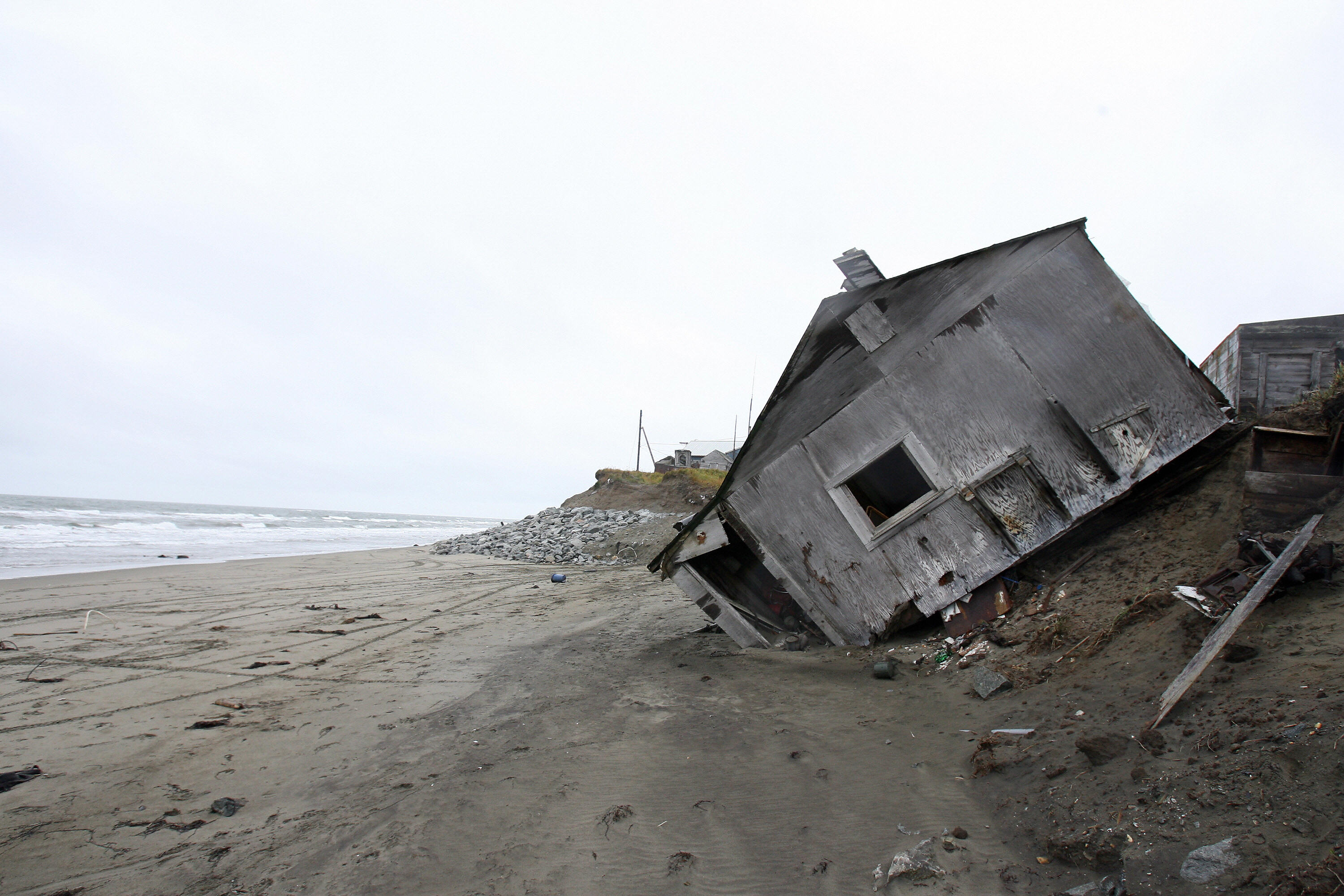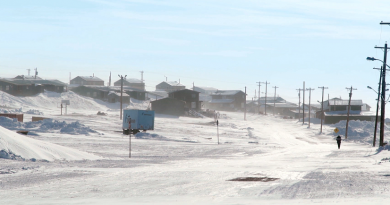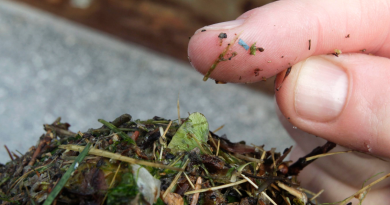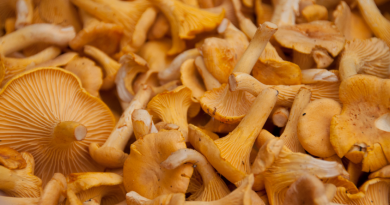NASA findings show no excessive methane emissions from Alaska

Though Arctic Alaska is warming and permafrost is thawing, the area so far has been spared from the scourge of excessive methane emissions, according to data collected by a NASA-managed research project.
Concentrations of methane measured in the atmosphere over Alaska from May to September 2012 — the first of five seasons for NASA’s Carbon in Arctic Reservoirs Vulnerability Experiment, or CARVE — turned out to be about equal to the global average for a similar-sized area.
The findings, gleaned from more than 30 airborne-measurement flights, were published last week in the Proceedings of the National Academy of Sciences.
In all, Alaska emitted an estimated 2.1 teragrams of methane during the May-to-September growing season, “an unexceptional amount despite widespread permafrost thaw and other evidence of climate change in the region,” said the study’s summary.
Methane is a greenhouse gas that can be 30 times more potent than carbon dioxide at trapping Earth’s heat. It is stored in permafrost and peat, so thawing raises concerns about large emissions of methane that could accelerate climate warming.
Large amounts of methane have been found to be venting from certain Arctic areas, including the floor of the East Siberian Sea, where research led by the University of Alaska Fairbanks’ Natalia Shakhova found that 17 teragrams of methane are escaping each year, and from various Siberian and Alaska lakes, where UAF’s Katey Walter Anthony has led projects to measure methane bubbles.
Good news for now
While Alaska contains some localized hot spots, as a whole the state is not yet causing a big problem, according to the findings.
“That’s good news, because it means there isn’t a large amount of methane coming out of the ground yet,” study lead author Rachel Chang, an assistant professor of atmospheric science at Dalhousie University in Nova Scotia, told the science website Phys.Org.
Methane fluxes from the Alaska landscape followed a general pattern — roughly doubling from May to July, then tapering off in August and September, according to the CARVE findings from 2012. Emissions from Interior Alaska’s boreal forest regions were “noticeably larger” than those from the North Slope’s tundra, said the published report.
The CARVE project is one of three airborne missions being conducted by NASA in Alaska to assess climate change and its impacts.
Related stories from around the North:
Canada: Report spotlights rapid glacier melt in Canada and Alaska, Radio Canada International
Greenland: Field notes from Greenland – From the glacier to the sea, Blog by Mia Bennett
Russia: Arctic methane: time bomb or “boogeyman”?, Analysis from Deutsche Welle’s Iceblogger
Sweden: Mapping Sweden’s 250-odd glaciers, Eye on the Arctic
United States: Alaska glaciers losing 46 billion tons of ice each year, Alaska Dispatch



